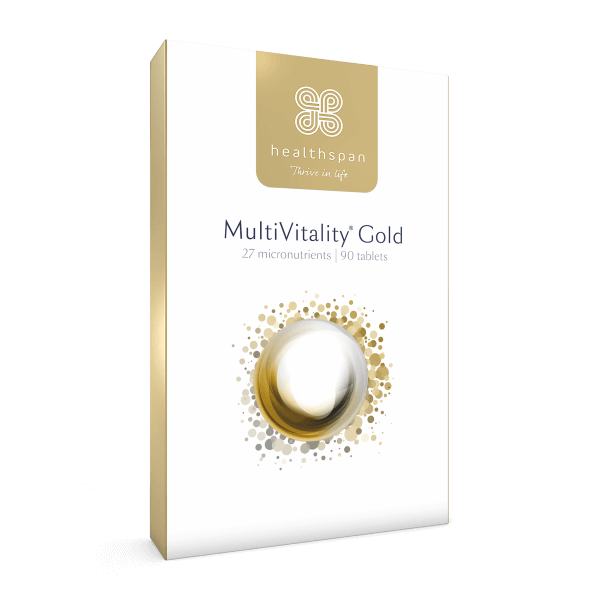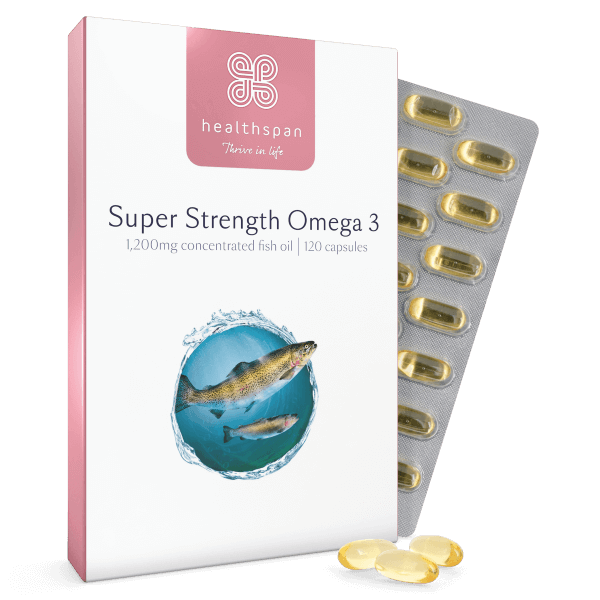Tennis elbow is a serious injury and one that, if left untreated, can cause lasting damage and pain. It doesn't just affect tennis players, either; one in three UK citizens will develop the pain on the outside of their elbow.
What causes tennis elbow?
Most cases of tennis elbow are caused by structural changes in the tendon. Lack of mobility, poor mechanics, overuse and/or muscle imbalances can all contribute to these structural changes, and the more activity, the higher the risk. What starts as a dull ache, aggravated by bending or straightening the arm and gripping, can extend down the forearm, or upwards into your bicep and triceps, where more nerves are at risk of becoming aggravated.
Tendons attach the muscle to the bone and help create elasticity within the joint. When a tendon, such as those found in the elbow, is overused it becomes stressed and shortens, developing adhesions, inflammation, and pain at the attachment muscle and tendon at the outer elbow.
Tennis elbow treatment
Once tennis elbow develops, it's natural to experience inflammation around the elbow, as this is the body's normal healing process. Pain, swelling, redness, and warmth are all common symptoms of this acute response. It is when this inflammation response becomes extended, chronic, and even systemic that it is difficult to manage. If pain develops in the arm, be sure to visit your doctor sooner rather than later.
Applying ice to any injury reduces inflammation. The cold temperature causes small vessels to constrict (known as vasoconstriction), and the numbing effect of icing can help relieve some of the immediate, irritating pain. After injury, use ice application intermittently for the first two days for 15-20 minutes every hour, six to eight times a day. Never ice a chronic injury before activity.
Train smart
If exercising is causing pain, then you may want to look at a change of routine. If it hurts, avoid the movement. Introduce rest days after an intense training day, allowing time for the elbow to recover. Use these days to focus on upper body mobility (a tight posterior shoulder capsule may contribute to elbow pain), or spend some time on massage therapy and flexibility, focusing on soft tissue work.
Engage in rehab with pain-free strengthening exercises such as wrist curls, reverse wrist curls, elbow flexion, elbow extension, and forearm pronation/supination.
If you work at a desk all day, you may also want to overhaul your desk station to change how you sit, how your wrists move, and even think about using a wrist rest.
Eat to heal
Tendons heal slowly after breaking down, as they do not have access to a good supply of blood vessels. Blood, oxygen, and nutrients take a long time to find their way into connective tissues and tendons, meaning that healing after an injury can take as long as two years.
In order to speed up recovery, you will want to support your connective tissues' health with a nutrient-rich, low-inflammation diet. Limit inflammatory foods (such as processed foods and sugar) and any foods to which you know you're intolerant. Acidic foods contribute to arachidonic acid, which can prolong inflammation. With this in mind, try to limit the amount of tea, coffee, alcohol, and carbonated soft drinks you consume.
Promote tissue healing with colourful fruits and vegetables, and pair with lean protein, which provides the building blocks of tissue repair. It is vitally important that your body is given all the essential vitamins and nutrients it needs in the recovery process. To help guide you, here are some key nutrients which can help you on your way to healing your tennis elbow.

MultiVitality Gold
One-a-day health support
- The whole spectrum of vitamins and minerals in one tablet
- Suitable for vegetarians and vegans
- Protect yourself from nutritional deficiencies for just 7p a day

Super Strength Omega 3 1,200mg
Highly concentrated, refined and sustainably sourced omega-3 fatty acids
- 240mg DHA and 360mg EPA
- Anti-inflammatory; supports brain, eye and heart health
- Benefits of oily fish for 22c a day
Recover and stay healthy
By ensuring you take the right steps to recovery, you will find that you can slowly begin to introduce yourself back into your previous training routine. Before resuming any activity, be sure to seek medical advice. Find a mobility routine that you can perform before and after workouts, to prevent any future injuries. Supplements, nutrition, and training go hand in hand when it comes to recovering any injury: and especially those as specific and common as tennis elbow.







